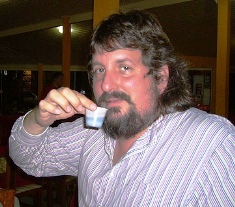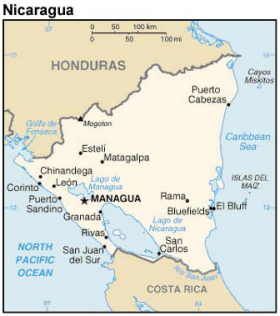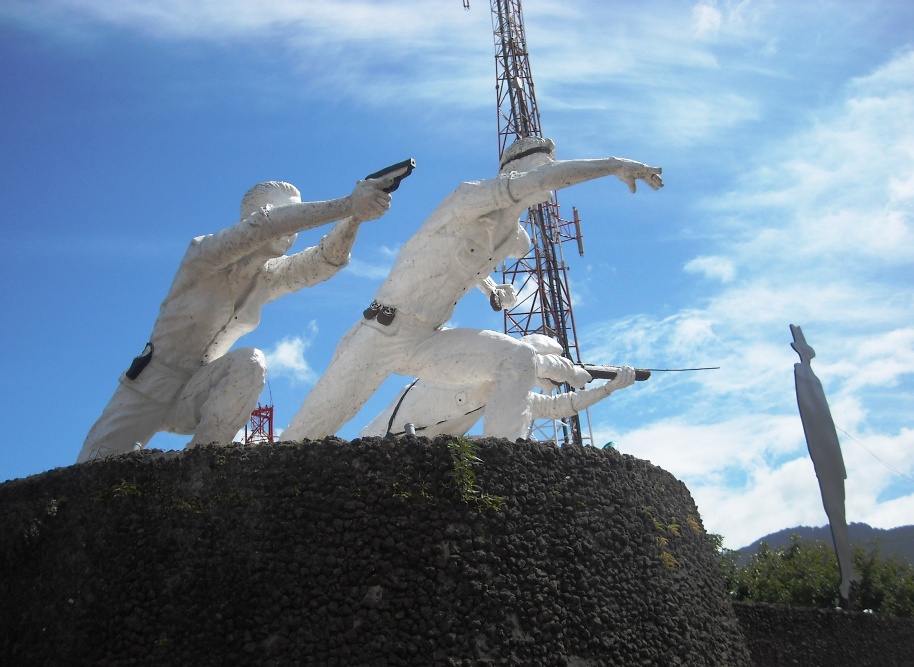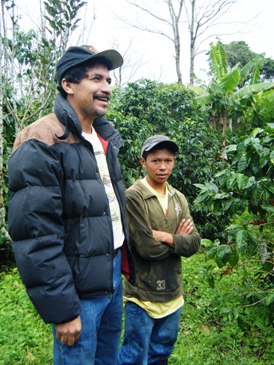| Geography of
Coffee Matagalpa Study Tour -- 2012 James Hayes-Bohanan , Ph.D. Bridgewater State College Geography UPDATED January 5, 2012 I have expanded this site's information about coffee shops, coffee roasters, coffee tours, health effects, and coffee preparation, and have moved that information to other pages. You can continue the exploration at my main coffee page. This page is about my January 4--16, 2012 study tour in León, Jinotega, Matagalpa, and Granada. See my Coffee-Nicaragua page for stories, insights, and photographs from the 2006, 2007, 2009, 2010, and 2011 study tours. |
 Cafezinho in Florianópolis |
|
|
|
|
The
Coffeeland
Landmine
Victims'
Trust connects the coffee industry to landmine victims
throughout the coffee-growing areas of the
world. Unfortunately, this includes the Contra
War area of
Nicaragua. This year the journey takes us back
to Ben Linder's grave in Matagalpa, but also to the Ben
Linder café in León, which was
established with the help of Deans Beans.
Operating now primarily as a roaster, it honors the
martyred North American engineer while helping farmers
and victims of land mines.
The cafe was the inspiration for the proposed Ben Linder Cafe for BSU. The University Trustees have declined the proposal, but members of the community continue to advocate for the Cafe and its ideals. |
"To
know the unexplored of northern Nicaragua"
Every BSU Nicaragua tour since 2009 has used the excellent services of Matagalpa Tours. From office staff to field guides and local experts, this company provides reliable, expert guidance in every kind of setting. |



